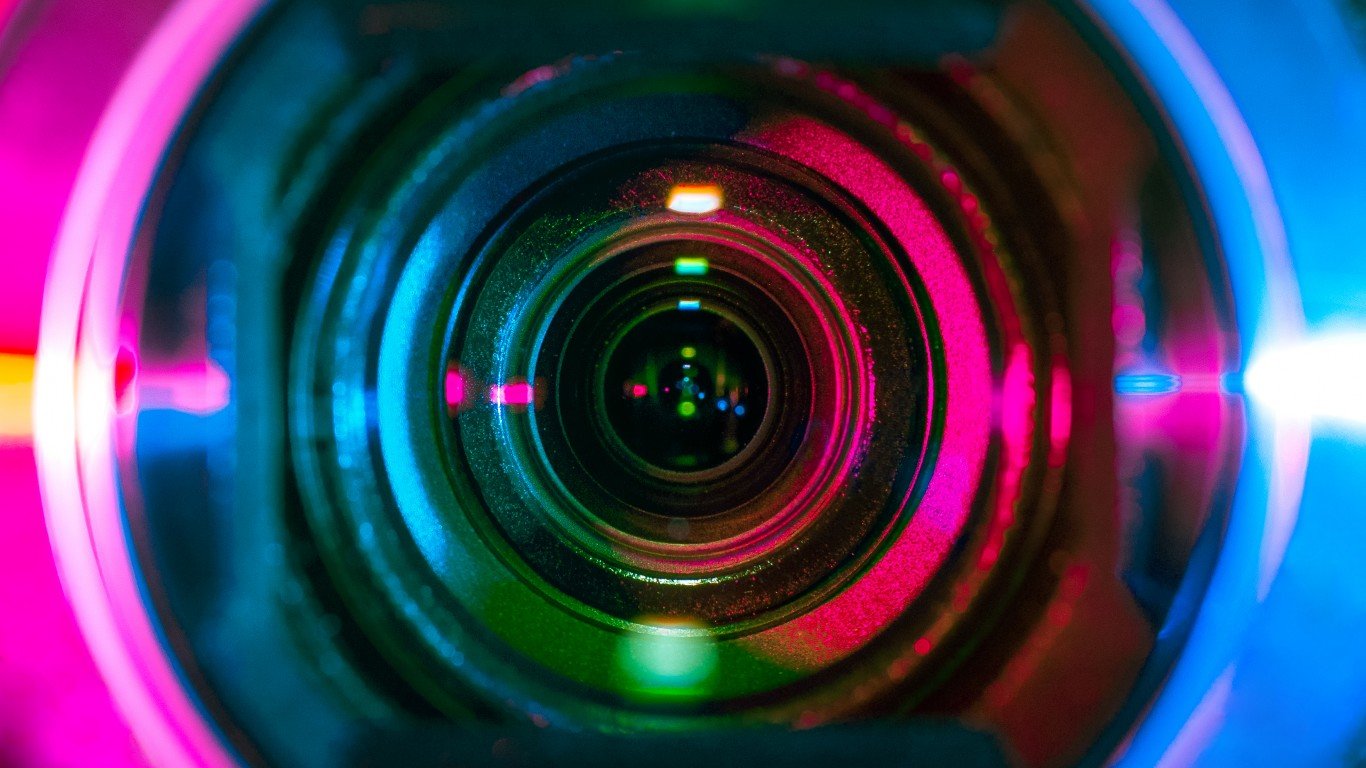

Buying a camera is a big decision. Sure, everyone has an extremely capable device in their pockets nowadays, but there’s a reason you don’t see true professionals whipping out their iPhones during a fashion show (no hate to phone cameras, either). When it comes down to it, the flexibility and quality of a dedicated shooter far surpasses what a phone can offer, and long-term photographers and photo hobbyists alike know the deal. Still, when it comes down to actually getting a camera, it can be tough. There are plenty of brands, and most of them are extremely reliable today. That being said, there are some differences between them, and certain brands are geared towards certain uses. Today, we’re going to cover which brands you should probably avoid (and why), plus a little about the brand’s history. Let’s get into it.
To compile this list, 24/7 Wall Street used online publications like Slash Gear, along with industry insights from Camden George, Director of the film + photography company “crtvduo“. It’s important to note that most of these brands are not 100% bad, but consumers should avoid them for specific reasons.
1. Nikon
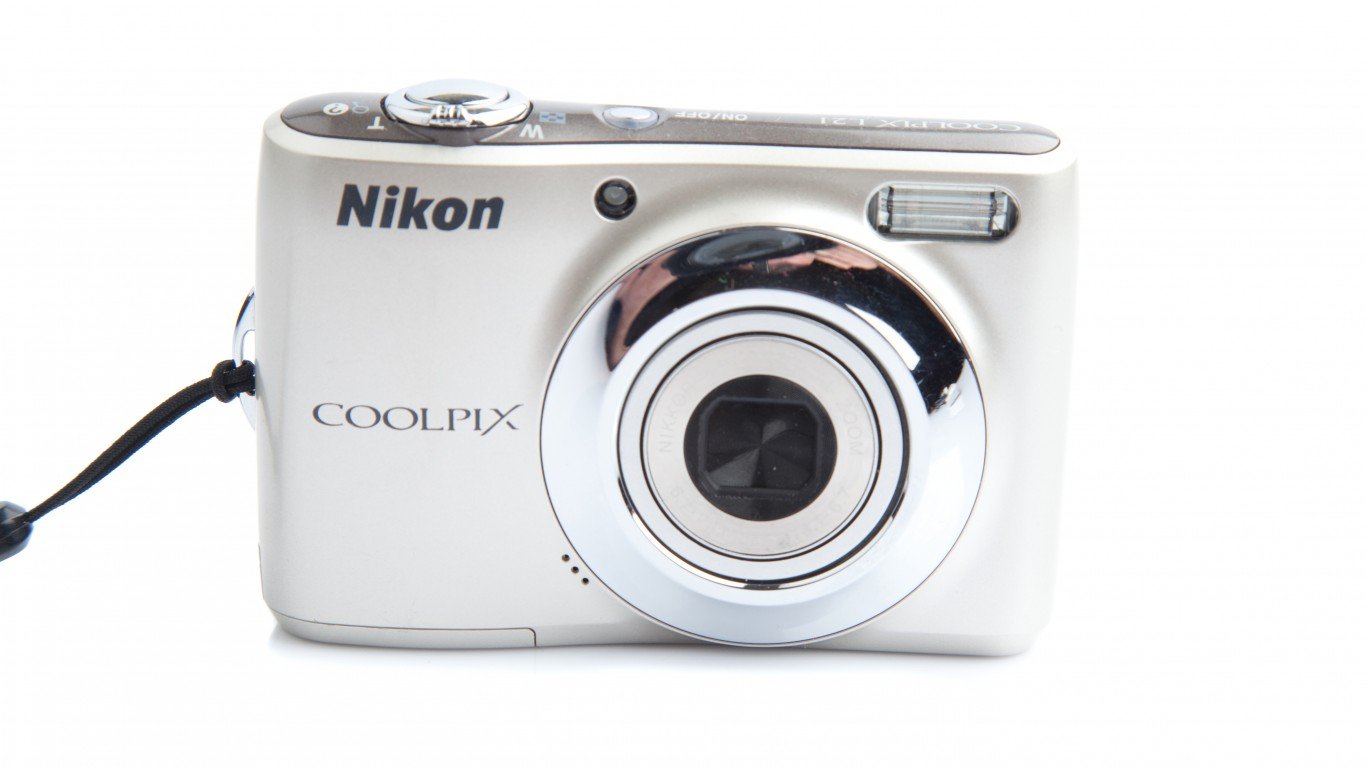
Nikon is one of the three major brands of consumer cameras, with the others being Sony and Canon. It was originally founded in 1917 in Japan and primarily focused on microscopes and rangefinders, eventually expanding into the photography market after World War I. They have an extremely wide range of camera bodies and lenses, but struggle to compete with Sony and Canon in a few key areas.
Low Light Performance

Specifically, Nikons really struggle with low-light performance, especially when compared to Sony and Canon. Lowlight performance isn’t just a physical thing, but a software and processing one. Right now, Nikon just isn’t able to compete with the other two. Plus, there’s a little industry hate leveled at Nikon users. You don’t want to be the weird kid with a Nikon, right?
2. Lumix

Lumix is a brand originally launched by Panasonic in 2001, primarily in the DSLR and mirrorless space. They were actually one of the first brands to ever create a mirrorless interchangeable-lens camera, but since then, they have struggled to innovate in the same way.
Autofocus Issues

Lumix is known to have issues with its autofocus and isn’t nearly as snappy as it needs to be. Additionally, there are just equal or overall better options from some of the big brands, which makes choosing a Lumix hard.
3. RED

RED is a digital cinema camera company from California that was created as an attempt to revolutionize the filmmaking industry. With the release of the RED ONE, the company really took off and has been creating incredible cameras with a focus on modular systems.
Film-Exclusive and Expensive

While you’d be hard-pressed to find anyone talking negatively about RED, there are two main drawbacks. First, RED is exclusively a consumer-level cinema camera, which means no still shots, only video. Second, they are extremely expensive and quite niche. If you want something more general, this isn’t for you. Plus, in order to have a working system, you can’t just buy a camera body, you need some other modular elements to make it viable.
4. Blackmagic

Blackmagic is in a somewhat similar situation as RED in that they really are great for what they do, but the company makes a very specific product. Blackmagic is an Australian-based company that makes affordable digital film cameras, primarily for film, television, and broadcast.
Film-Exclusive and Low Flexibility

Again, like RED, there aren’t really options for someone looking for stills, just video content. Within that range, Blackmagic really has some fantastic value and great cameras, but if you don’t fall into the niche of a video content creator or broadcaster, Blackmagic certainly isn’t the brand for you.
5. Pentax
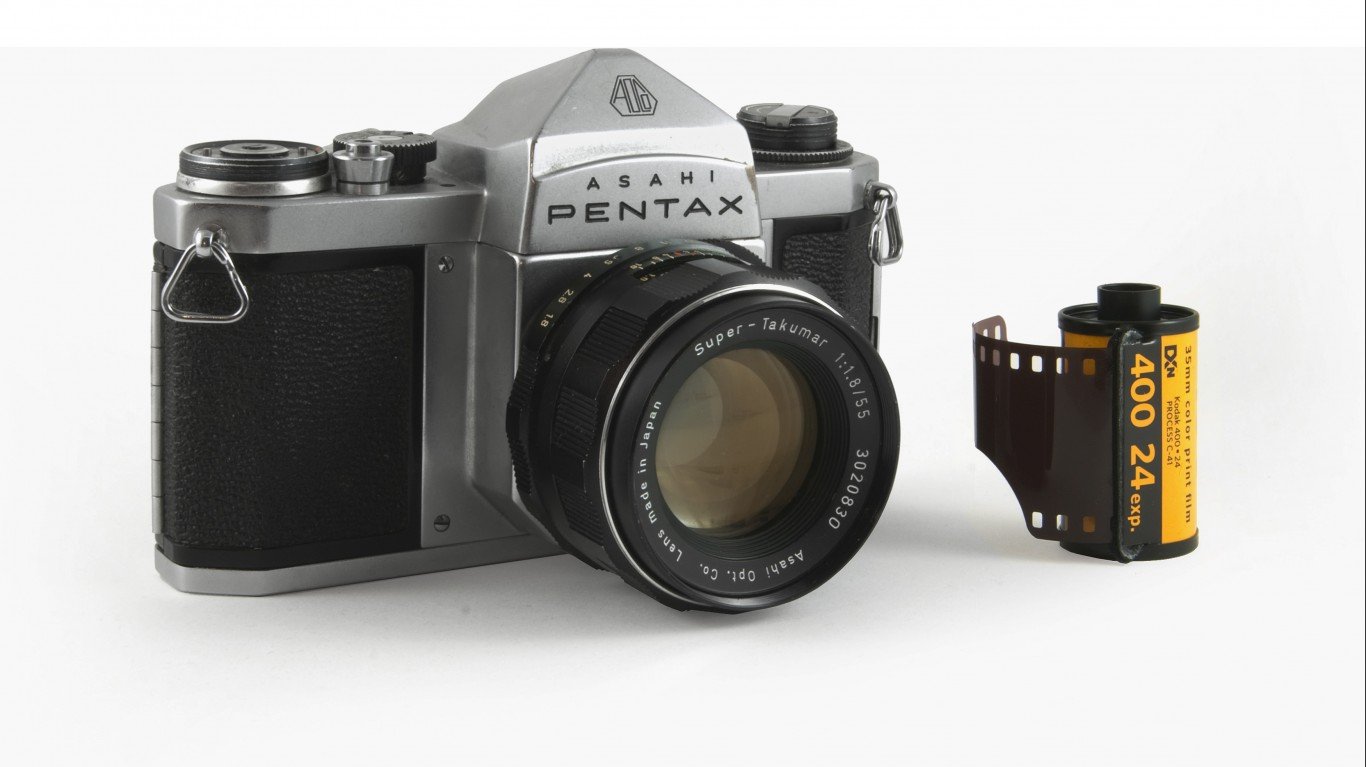
Another Japanese brand, Pentax was originally a lenscrafter that released one of the first-ever SLRs in 1952. The brand was acquired by Ricoh, with an emphasis on weatherproof DSLRs for enthusiasts.
Technological Lag

Nowadays, Pentax has lagged quite a bit, specifically on the digital side of things. The company thought that mirrorless was only a fad and refused to invest heavily in the technology, severely stunting growth and innovation for what has become a really popular body style. Overall, they are just outdated, but their film options are a little more robust.
6. Panasonic

Few names are as ubiquitous in electronics as Panasonic, but the company definitely has a wide, not necessarily deep, approach to its camera lineup. Originally from Japan (as many major camera brands are), Panasonic owns a few brands on our list, including Lumix. They still release their own brand-name products, however.
Subpar Speed, Skin Tones, and Color Theory
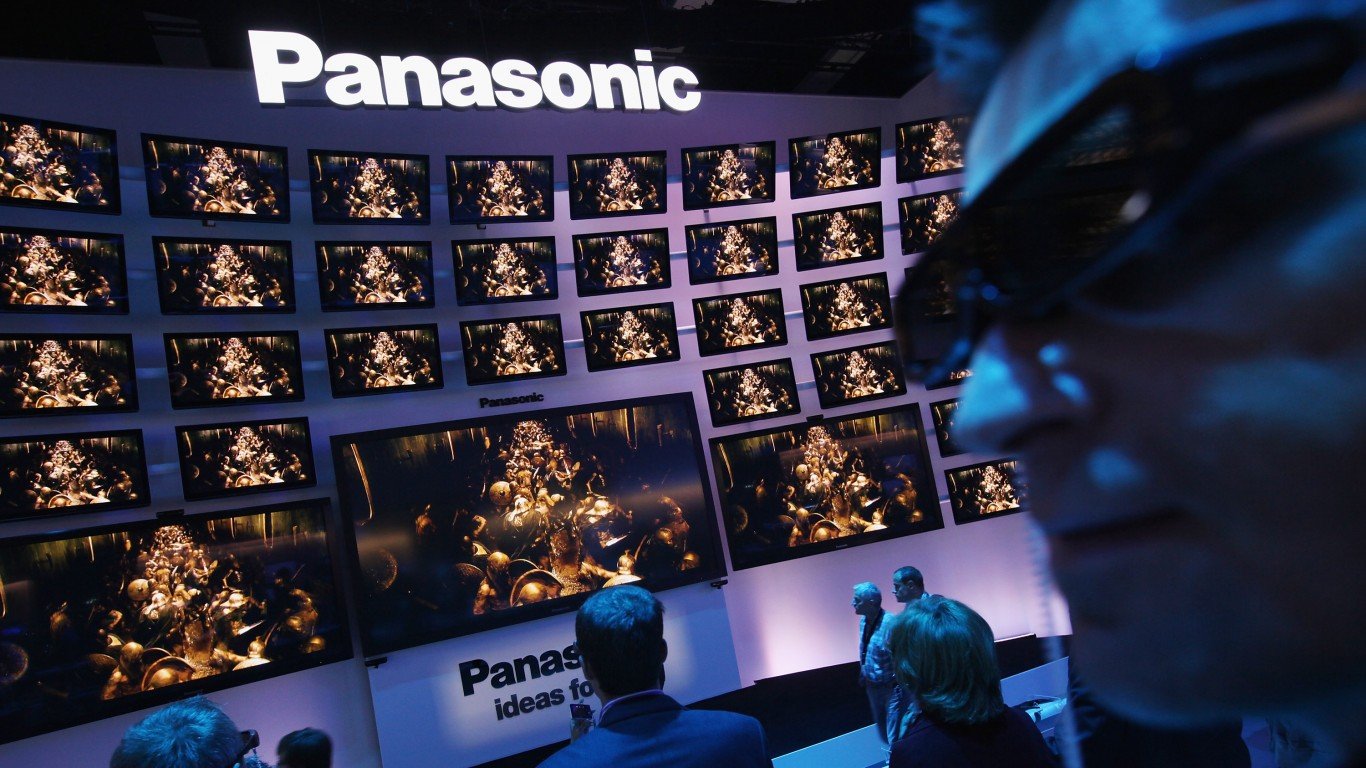
Overall, Panasonic just has a reputation for being subpar. The majority of other major brands are better, specifically when it comes to auto-focus speed and accuracy, skin tones, and color science.
7. Leica
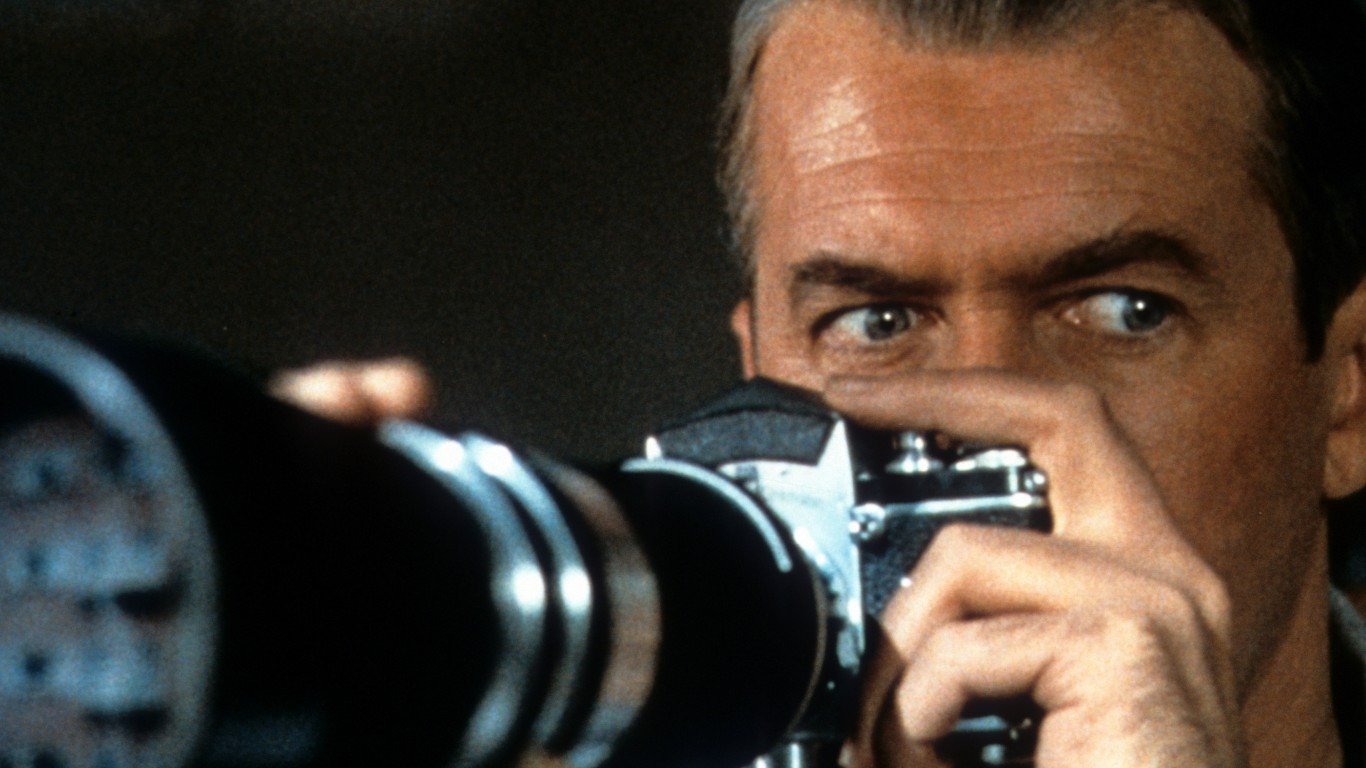
Leica is a world-famous camera brand out of Germany and is truly iconic. Even today, the brand is extremely coveted and anyone would be glad to have a Leica in their bag. Historic wars and world-famous photos are taken on Leicas, but that doesn’t mean they are for everyone.
Enthusiasts Camera, Expensive, Low Flexibility
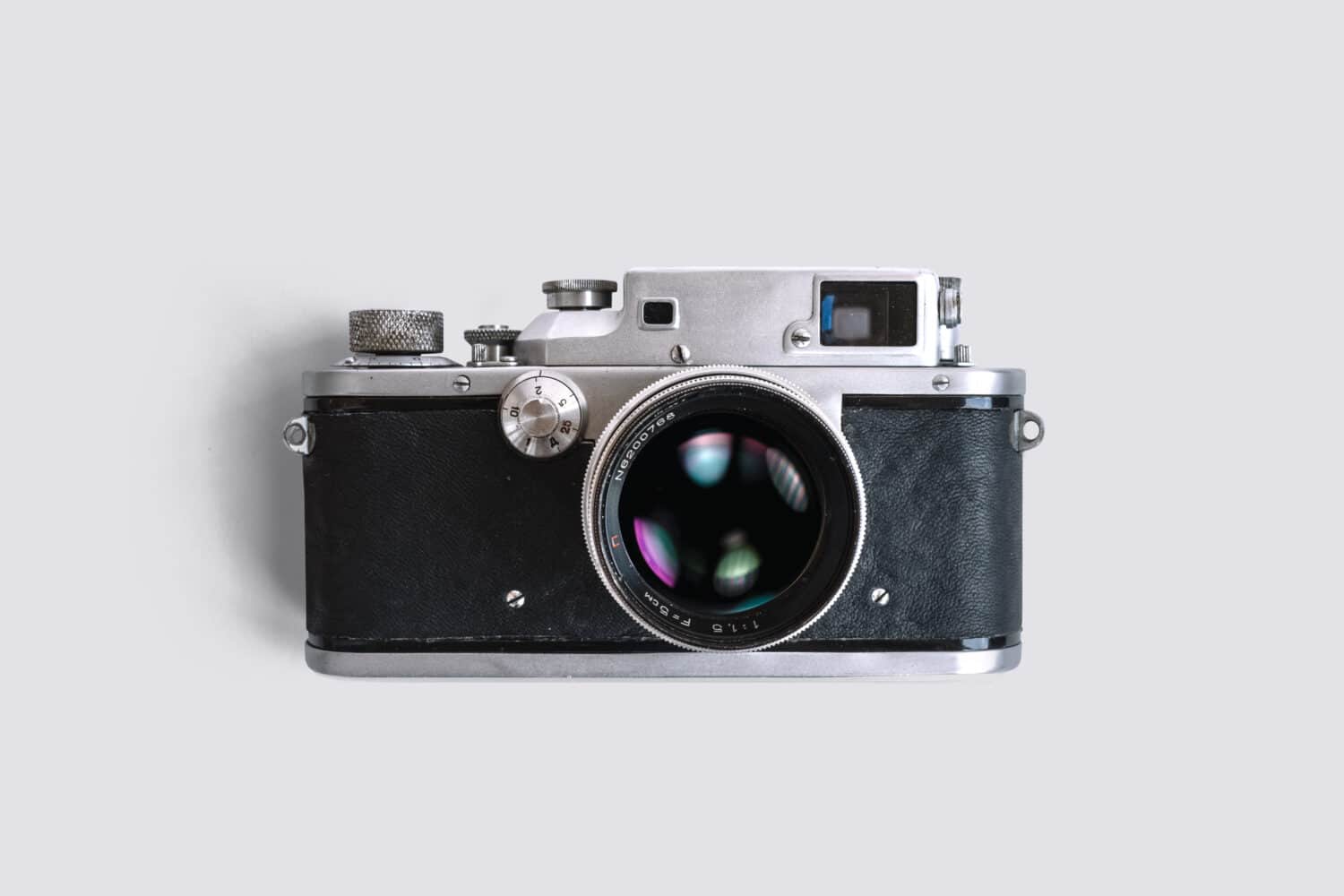
Look, you aren’t going to catch us saying that Leica is a bad camera company. In fact, they are obviously one of the best. That being said, they are extremely expensive. On average, the cheapest Leicas will run you at least $4,000, and that’s without any glass—we’re just talking body. Higher-end production pieces with a lens can easily run up to $30-$40,000, and the historical ones owned by famous artists can go for millions. If you are looking to create content or create great art as a hobbyist or high-level creator, you don’t need to be spending money on this sort of camera. This is a luxury item.
8. Hasselblad

Hasselblad is a Swedish brand that produced cameras for airplanes during World War I. Today, they are often considered the finest luxury cameras you can own. For many of the same reasons that Leica isn’t a camera for the average consumer, Hasselblad is the same.
Enthusiasts Camera, Expensive, Low Flexibility
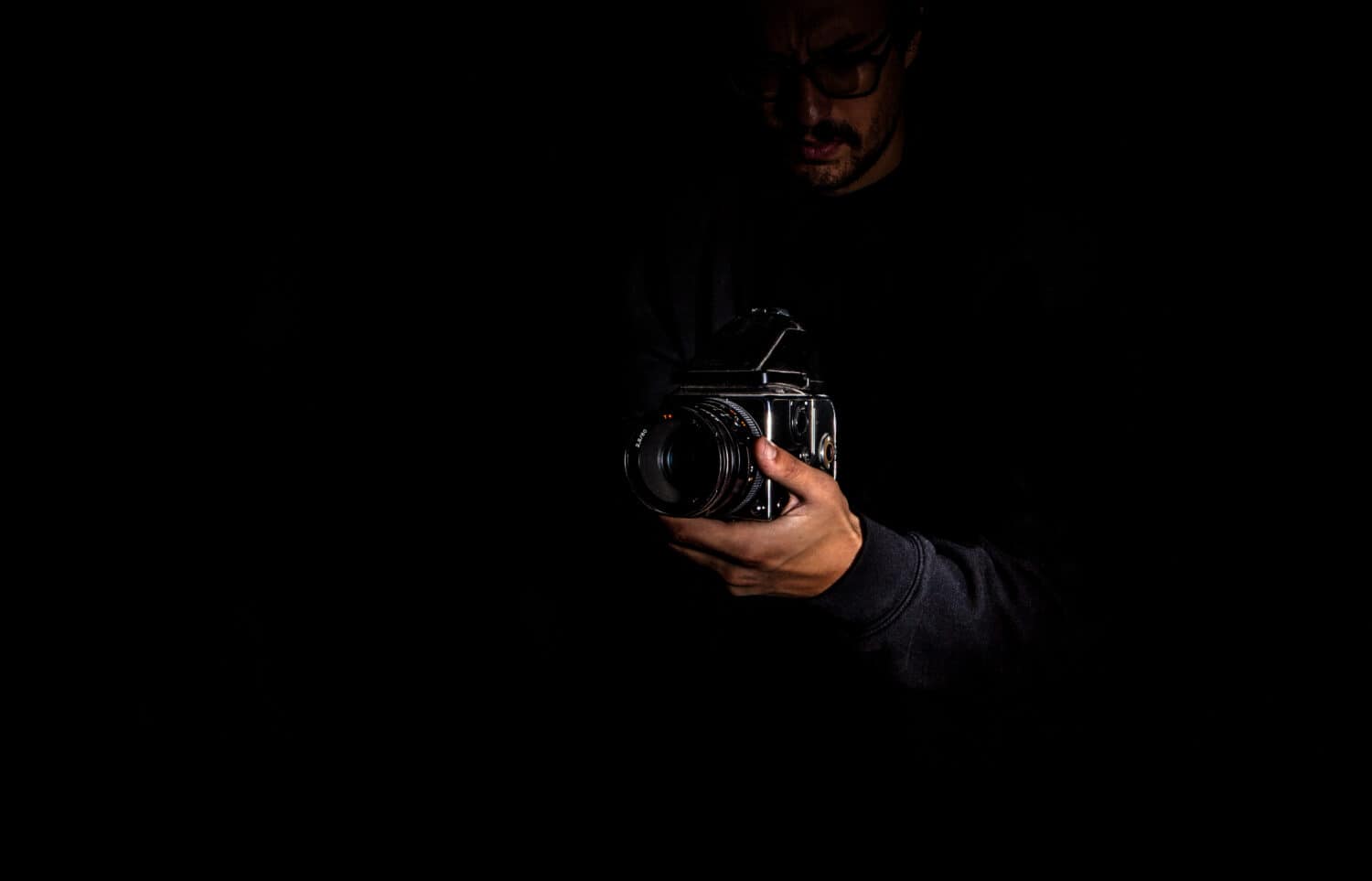
When it comes to image quality, it’s hard to compete. These cameras are truly fantastic. That being said, there are plenty of situations where a Hasselblad isn’t ideal. Sure, the image quality is unparalleled, but the speed and autofocus performance aren’t on par with a Sony, so they aren’t perfect for everything. Also… price. This is an enthusiast, power-user, high-end professional camera. Generally speaking, you are going to pay between $8,000 and $40,000, depending on your setup and required lenses, making this a serious investment.
Smart Investors Are Quietly Loading Up on These “Dividend Legends” (Sponsored)
If you want your portfolio to pay you cash like clockwork, it’s time to stop blindly following conventional wisdom like relying on Dividend Aristocrats. There’s a better option, and we want to show you. We’re offering a brand-new report on 2 stocks we believe offer the rare combination of a high dividend yield and significant stock appreciation upside. If you’re tired of feeling one step behind in this market, this free report is a must-read for you.
Click here to download your FREE copy of “2 Dividend Legends to Hold Forever” and start improving your portfolio today.
Thank you for reading! Have some feedback for us?
Contact the 24/7 Wall St. editorial team.



